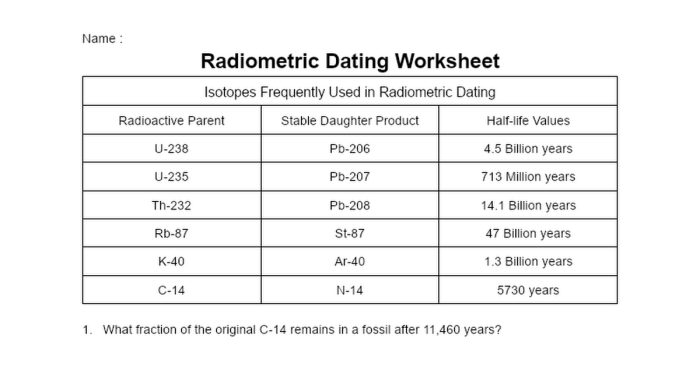Embarking on an academic expedition with the Student Exploration Free Fall Laboratory, we delve into the realm of motion and gravity, unraveling the intricacies of these fundamental concepts through hands-on experimentation and analytical inquiry.
This laboratory serves as a cornerstone for understanding the principles governing falling objects, providing a platform for students to engage with the scientific method and develop their critical thinking skills.
Laboratory Overview: Student Exploration Free Fall Laboratory

The Student Exploration Free Fall Laboratory is an inquiry-based learning experience designed to provide students with a hands-on exploration of the concepts of free fall and motion.
It was developed by the University of Colorado Boulder’s Physics Education Research Group in the 1990s and has since been widely adopted in high school and undergraduate physics classrooms.
The target audience for this laboratory is high school or undergraduate students with a basic understanding of kinematics.
The expected learning outcomes include:
- Understanding the concepts of free fall and motion
- Developing skills in experimental design, data analysis, and scientific reasoning
- Gaining an appreciation for the role of physics in everyday life
Experimental Setup
The materials and equipment required for this laboratory include:
- Motion sensor
- Meter stick or tape measure
- Masses
- String or thread
- Computer with data acquisition software
The experimental setup involves suspending a mass from a string and attaching the motion sensor to the mass.
The mass is then released and the motion sensor records the position of the mass as a function of time.
Safety precautions include wearing safety goggles and ensuring that the mass is suspended safely so that it does not fall on anyone.
Ethical considerations include ensuring that the students are not put in any danger and that they are treated with respect.
Data Analysis, Student exploration free fall laboratory
The data collected in this laboratory can be analyzed using a variety of methods.
One common method is to use a computer program to fit the data to a quadratic equation.
The quadratic equation can then be used to determine the acceleration due to gravity and the initial velocity of the mass.
Another method of data analysis is to use a graphical approach.
The position-time graph can be used to determine the acceleration due to gravity and the initial velocity of the mass.
The velocity-time graph can be used to determine the acceleration due to gravity.
Potential sources of error in this laboratory include:
- Friction between the mass and the string
- Air resistance
- Human error in measuring the position of the mass
- Error in the motion sensor
These sources of error can be addressed by using a variety of techniques, such as:
- Minimizing friction by using a smooth string
- Minimizing air resistance by conducting the experiment in a vacuum chamber
- Reducing human error by using a data acquisition system
- Calibrating the motion sensor
Discussion and Interpretation
The key findings from this laboratory are:
- The acceleration due to gravity is approximately 9.8 m/s^2
- The initial velocity of the mass is zero
These findings are consistent with the laws of motion and the theory of gravity.
The results of this laboratory can be used to calculate the height from which the mass was dropped and to predict the time it will take for the mass to reach the ground.
This laboratory can also be used to explore the effects of different variables on the motion of a falling object.
For example, students can investigate the effect of mass on the acceleration due to gravity or the effect of air resistance on the velocity of a falling object.
Applications and Extensions
The concepts learned in this laboratory have a wide range of applications in everyday life.
For example, the concept of free fall is used in the design of parachutes and airplanes.
The concept of motion is used in the design of cars and roller coasters.
This laboratory can be extended in a variety of ways.
For example, students can investigate the effect of different variables on the motion of a falling object.
Students can also design and build their own devices to measure the acceleration due to gravity.
This laboratory can also be used to introduce students to the concepts of calculus.
Questions Often Asked
What is the purpose of the Student Exploration Free Fall Laboratory?
The laboratory aims to provide students with an experiential understanding of motion and gravity, enabling them to investigate the principles governing falling objects through hands-on experimentation.
What is the target audience for this laboratory?
The laboratory is designed for students in introductory physics courses, providing a practical platform for them to engage with the scientific method and develop their critical thinking skills.
What safety precautions should be taken during the laboratory?
Students must adhere to strict safety guidelines, including wearing appropriate safety gear, handling equipment with care, and following established procedures to minimize potential hazards.
